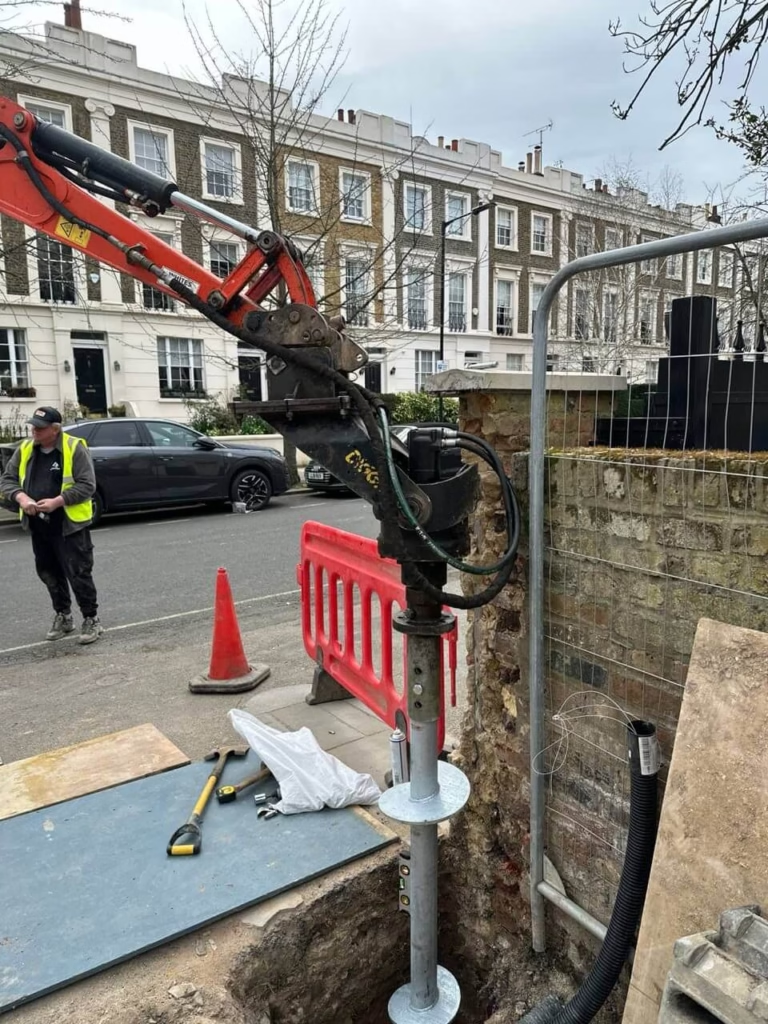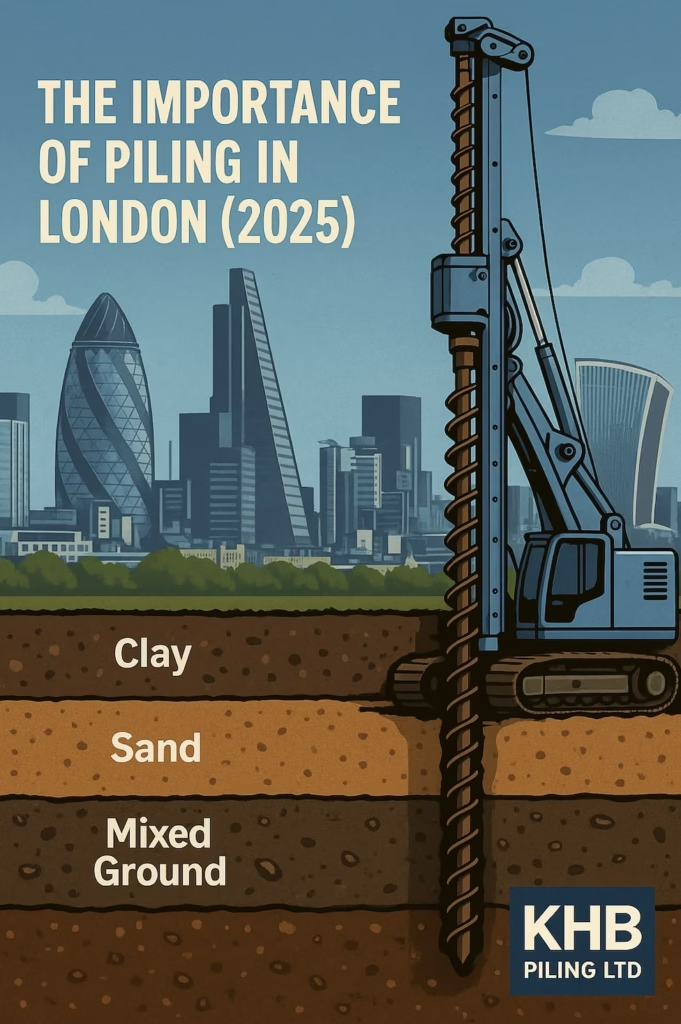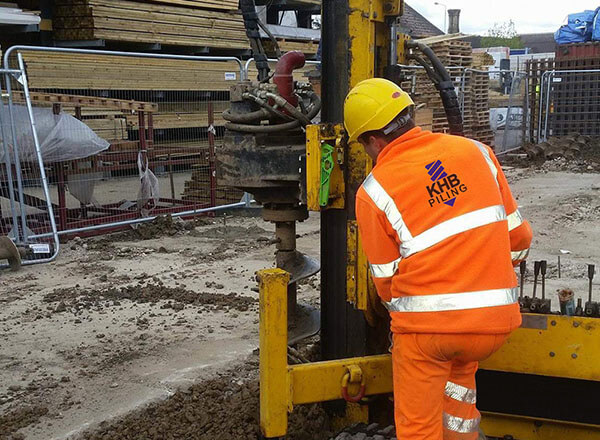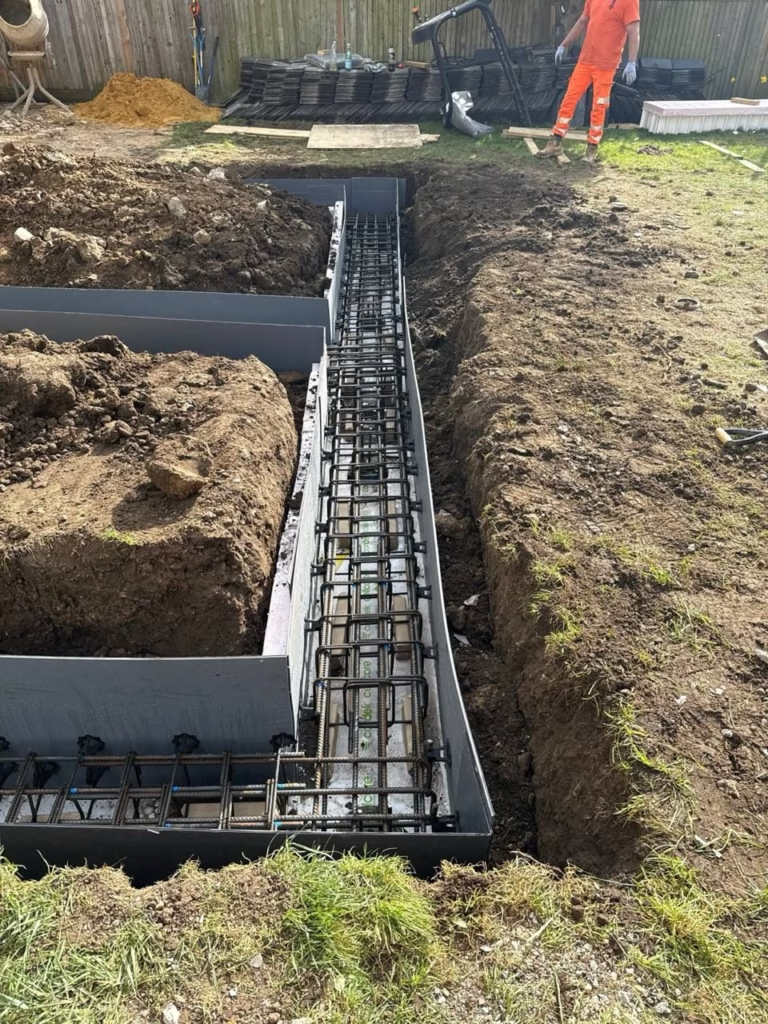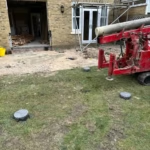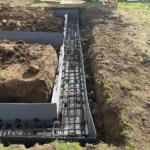Innovations, Regulations & Sustainable Piling (2025 Expert Guide)
KHB Piling LTD has been at the forefront of foundation and piling innovation in London since 2017. This in-depth guide explores how technology, sustainability, and new construction standards are shaping the future of piling in the UK — and how property developers, architects, and homeowners can benefit from smarter, safer, and more cost-efficient solutions.
1. Understanding the Evolution of Piling in London
Over the past decade, the London piling industry has evolved dramatically. With tighter regulations, limited urban space, and increasingly complex ground conditions, piling contractors must combine precision engineering with environmental responsibility.
At KHB Piling LTD, we’ve adapted to these changes by investing in advanced piling rigs, AI-supported soil analysis, and eco-friendly materials that reduce waste and vibration. Our work across residential and commercial projects — from Chelsea and Richmond to Wimbledon and Clapham — reflects a commitment to quality and innovation.
2. Choosing the Right Piling Method for London’s Variable Soil
London’s geological diversity — from dense clay to sandy or mixed soils — makes piling design a critical decision. Choosing the wrong method can compromise the structural integrity of a building. Below is a quick comparison of the most effective foundation systems for different soil types:
- Mini Piling – Ideal for restricted-access sites such as terraced homes and basements. Minimises vibration and noise while delivering exceptional load capacity.
- CFA (Continuous Flight Auger) Piling – Best suited for dense clay like London Clay, providing quiet and efficient installation with high structural strength.
- Rotary Bored Piling – Suitable for large commercial builds or mixed ground conditions where deep foundations are required.
- Underpinning – Essential for stabilising and reinforcing existing foundations in older or subsiding structures.
- Groundworks – Preparing the site and ensuring proper drainage and foundation setup before piling begins.
Each method serves a specific purpose, and our engineers at KHB Piling LTD always perform detailed soil investigations before recommending a system. This ensures optimal stability, compliance, and long-term performance.
3. Sustainability and Eco-Friendly Practices in Piling
Sustainable construction has become a core priority in the UK, especially in cities like London where reducing environmental impact is crucial. Modern piling contractors are expected to adopt cleaner, greener techniques that support carbon reduction goals.
At KHB Piling LTD, our sustainability initiatives include:
- Using recycled concrete and low-carbon materials where possible.
- Employing low-vibration, low-noise piling equipment suitable for residential zones such as Chelsea and Chiswick.
- Implementing efficient fuel management to reduce CO₂ emissions on-site.
- Partnering with eco-conscious suppliers and adhering to UK environmental regulations.
We believe that sustainable foundations don’t just protect the environment — they also enhance the long-term value and performance of every structure we build.
4. Modern Technologies Shaping London’s Piling Industry
The integration of technology into piling and foundation engineering is transforming how projects are executed. KHB Piling LTD has adopted several key innovations:
- AI and Data Analytics: Advanced sensors monitor soil stability and vibration in real time, improving accuracy and safety.
- 3D Modelling: Digital simulation helps predict load distribution and prevent costly design errors before piling begins.
- Remote Site Monitoring: Project managers can track progress and compliance without interrupting on-site operations.
- Noise and Vibration Reduction Systems: Essential for urban sites in Westminster, Kensington, and other high-density areas.
These technologies not only enhance precision and safety but also allow projects to stay on schedule and within budget — an essential factor for developers and private clients alike.
5. Compliance with UK Foundation and Building Regulations (2025)
Following the latest building regulations for foundations in London is essential to avoid structural or legal complications. In 2025, these standards have become stricter, focusing on safety, sustainability, and material traceability.
KHB Piling LTD ensures that every project adheres to UK regulations, including:
- BS EN 1536: Execution of special geotechnical work – bored piles.
- BS EN 1997-1 (Eurocode 7): Geotechnical design and verification.
- Environmental and noise control compliance for urban piling works.
- Full coordination with building control authorities for inspection and approval.
Our commitment to compliance gives clients complete peace of mind that their foundations are safe, legal, and built to last.
6. Expert Advice: How to Plan a Successful Piling Project in London
Whether you’re planning a basement conversion in Chelsea, an office build in Wandsworth, or a house extension in Dulwich, the success of your foundation depends on proper planning. Follow these expert recommendations from our team:
- Start with a Ground Investigation: Understanding soil composition is vital for selecting the right piling type.
- Choose an Experienced Contractor: Partner with a company like KHB Piling LTD with a proven track record across London.
- Budget for Long-Term Quality: The cheapest quote isn’t always the best. A strong foundation saves money in the long run.
- Ensure Ongoing Communication: Work with a contractor that provides transparent updates and progress reports.
- Consider Sustainability: Incorporate low-impact piling solutions where possible for better environmental performance.
7. The Road Ahead: The Future of Piling in London (2025–2030)
The piling industry is entering a new era of innovation and responsibility. Between 2025 and 2030, we expect to see even more emphasis on sustainability, AI-driven project management, and digital collaboration between contractors, engineers, and architects.
For KHB Piling LTD, this future means continuing to push the boundaries of what’s possible in foundation engineering — offering smarter, cleaner, and more resilient solutions for London’s evolving skyline.

